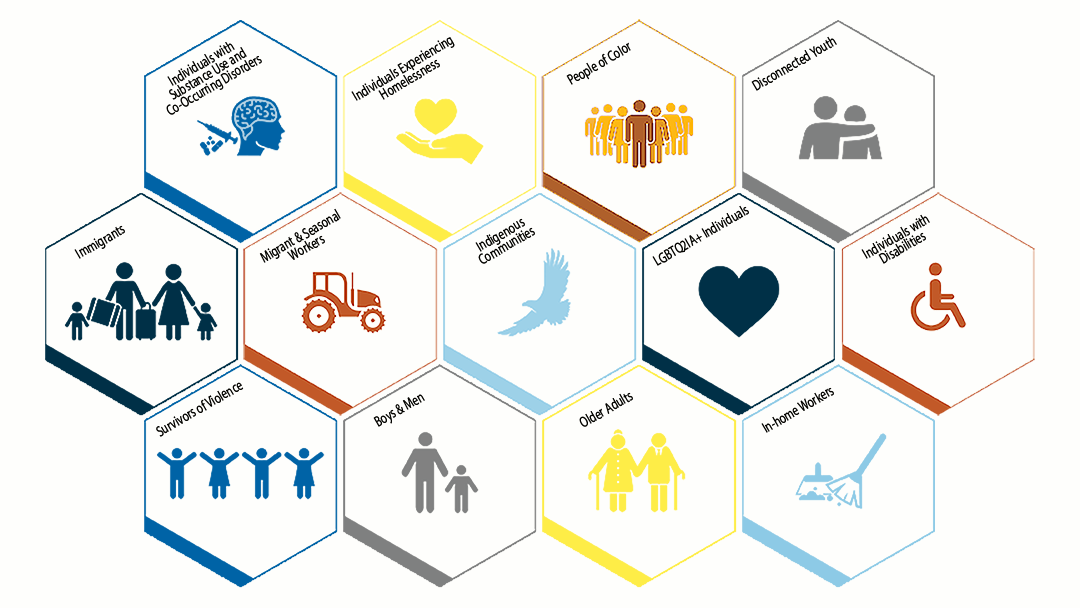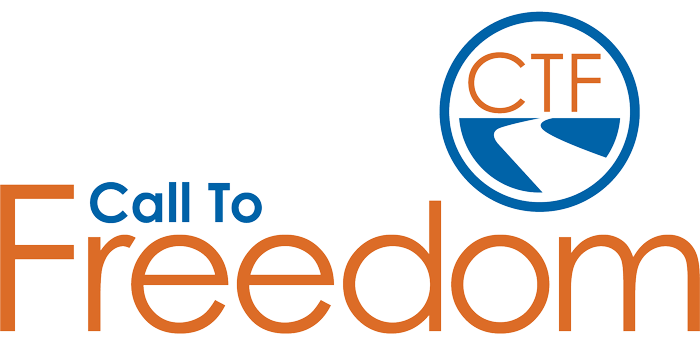Barriers that prevent identification
Individuals who are at risk of trafficking or who have experienced trafficking are often not recognized for various reasons. These barriers to identification fall into two categories: individual-related and provider-related.
For more information on the barriers that prevent identification, visit National Human Trafficking Training and Technical Assistance Center
Is it an indicator of trafficking?
A variety of flags can be indicators of trafficking. The examples listed are not definitive, and not every individual will present the same flags. Additionally, seeing one or two indicators doesn’t necessarily mean that something is happening to you, it simply lets you know that you should probably step back and take another look at the situation.
How to Protect Yourself
Adapted from Love146
How to Advocate for Others
Adapted from National Human Trafficking Training and Assistance Center and WestCoast’s Commercial Sexual Exploitation-Identification Tool
Vulnerable Populations
While anyone can be affected by trafficking, including both U.S. citizens and foreign nationals, there are some populations at a higher risk that you may encounter in your work. Factors that lead to a disproportionate risk of trafficking include: 1) history of abuse and neglect, 2) social disconnection, and 3) social stigma and exclusion.
By understanding how social determinants of health are connected to populations at the highest risk, you can better identify and respond to those affected by and at risk of trafficking. Examples of populations that may be more likely to experience these circumstances and be at greater risk of trafficking include:

U.S. Department of Homeland Security
Recognizing key indicators of human trafficking is the first step in identifying victims and can help save a life.
Not all indicators listed above are present in every human trafficking situation, and the presence or absence of any of the indicators is not necessarily proof of human trafficking.
Check out these self-assessment cards, in multiple languages, from Advocates for Human Rights.
Download the Labor Trafficking Self-Assessment Cards
Languages include: English, Arabic, French, Indonesian, Khmer, Malay, Mandarin, Spanish, Swahili, and Vietnamese.

